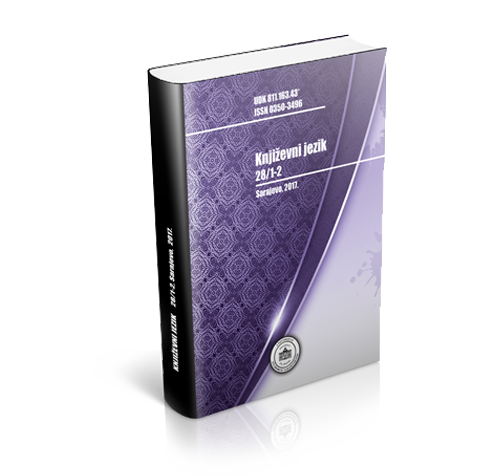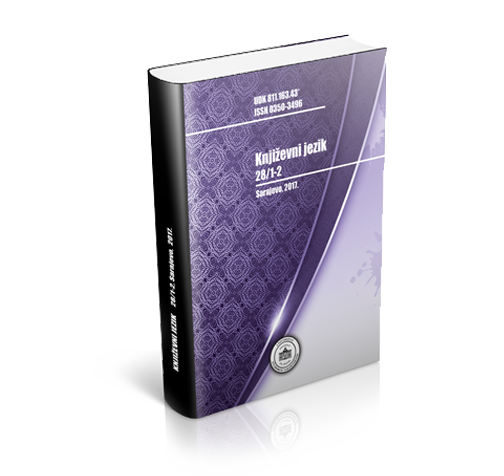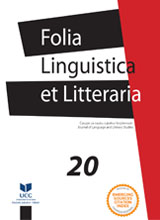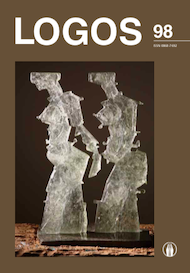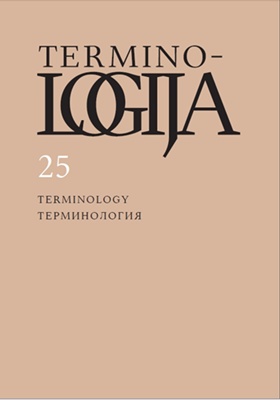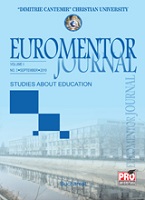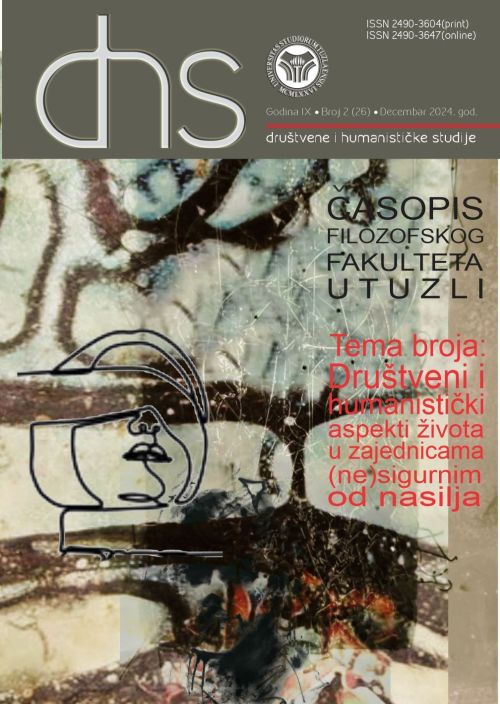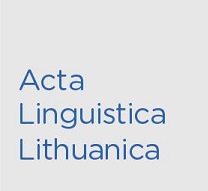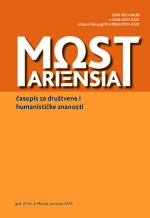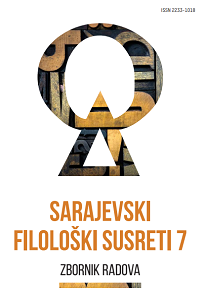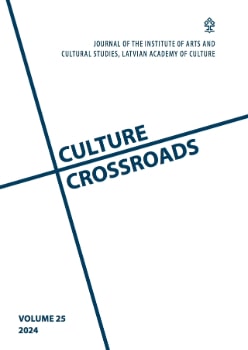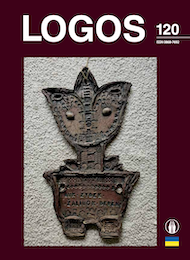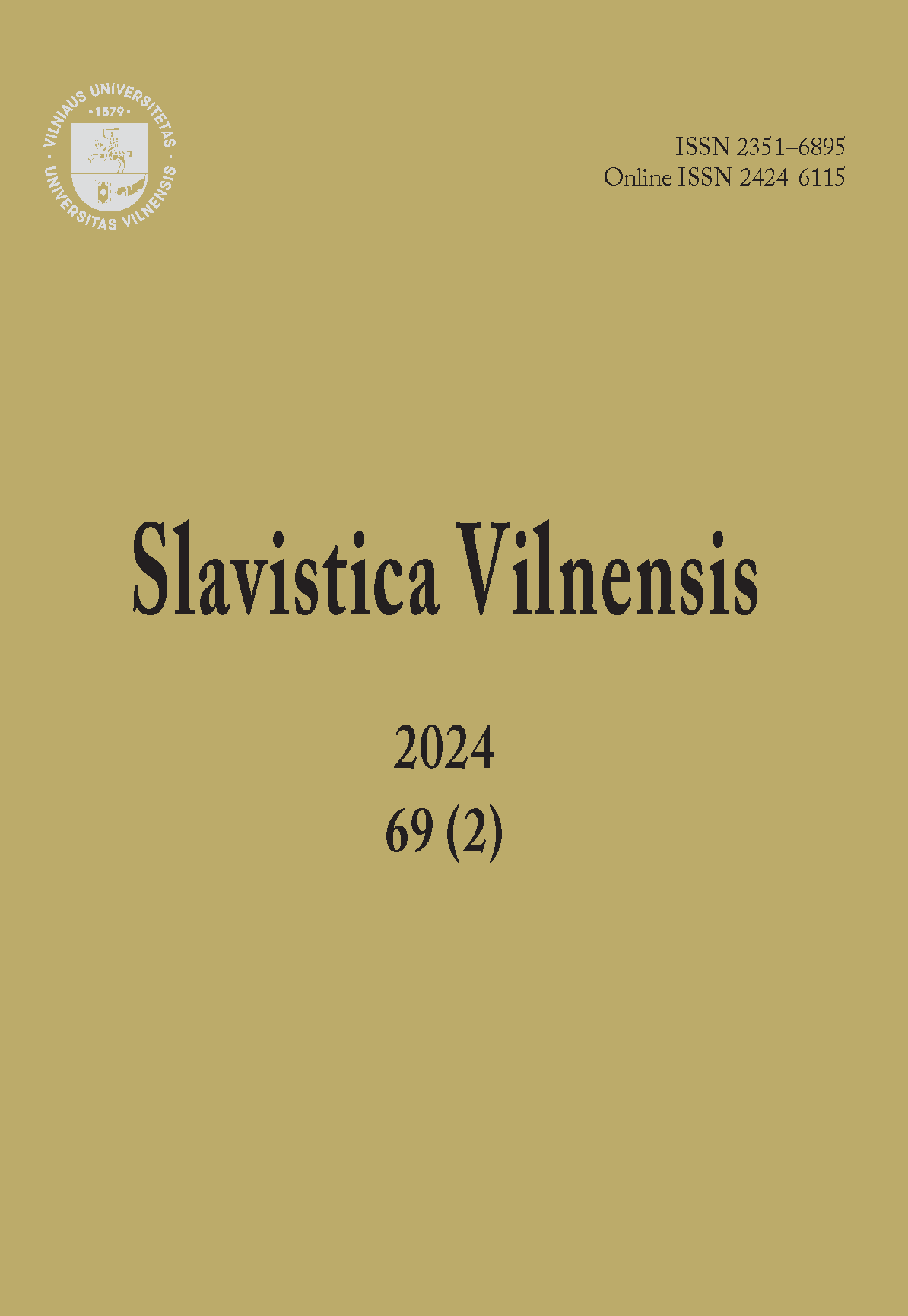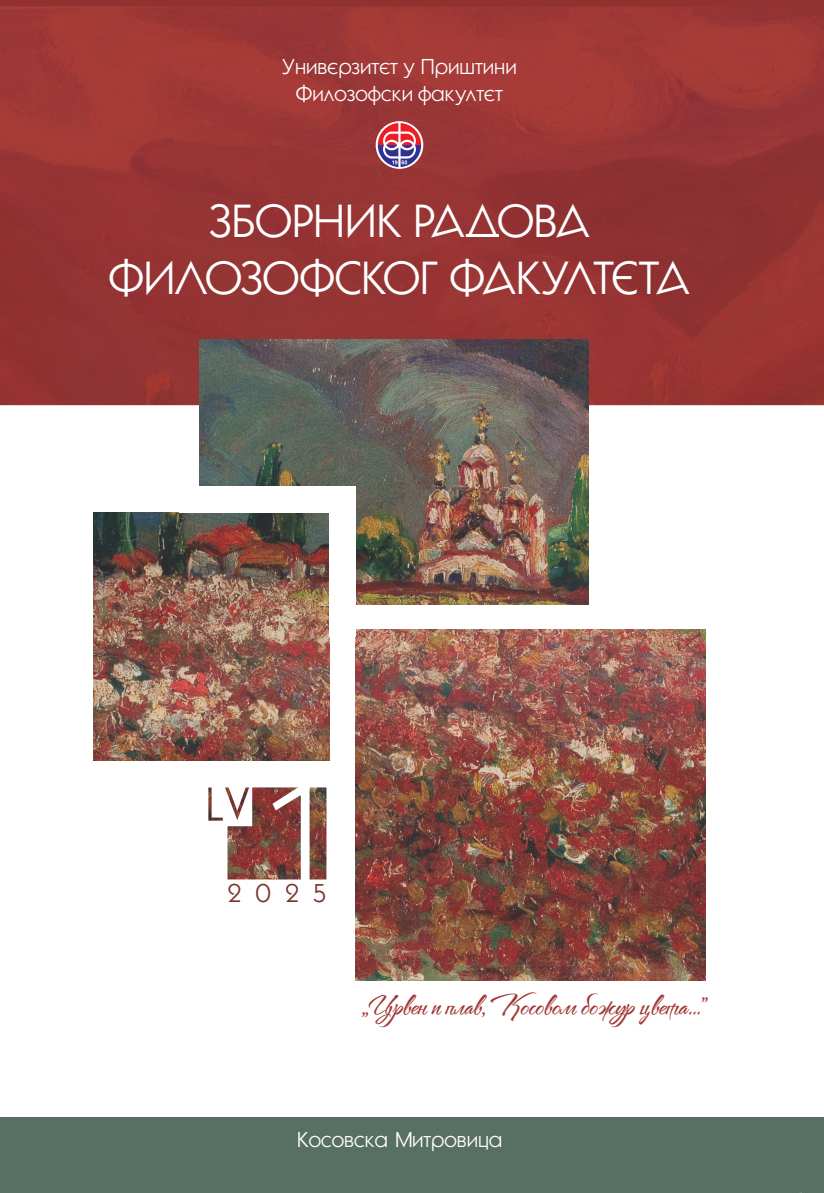Author(s): Bogdan-Adrian Judeţ / Language(s): English
Issue: 1/2024
Fixed phrases, titles of literary or artistic works, quotes of an author, maxims, proverbs, “famous words”, preserved in their “canonical” form, or slightly modified, represent repeated discourse. An utterance, as a part of the repeated discourse with the state of architext, is updated according to one of the construction figures summarized in Quintilian’s formula (quadripartita ratio): detractio, adiectio, immutatio, transmutatio. This transformation is explained by the unintelligibility feature of these rules. It is considered that a group of words, which lose their original meaning and which together have a meaning of their own, form a unit. The overall meaning of the formula is different from each of the words that make it up. In terms of “cognition”, this is fixed and less in terms of syntax. Thus, the speakers understand that the use of such an expression is conventional, being something prebuilt that belongs to a previous, external construction, belonging to the repeated discourse, at the opposite pole being what is constructed by enunciation in the breast of free speech technique. Phraseology, a fairly recent discipline in linguistics, with an interdisciplinary feature, delimits this relatively difficult object of study, because there are different opinions of various linguists about the groups of words that constitute phraseological units. The purpose of this article is not to side with a particular linguist, but to highlight as many points of interest as possible regarding the definition of the terms repeated discourse and phraseology.
More...
